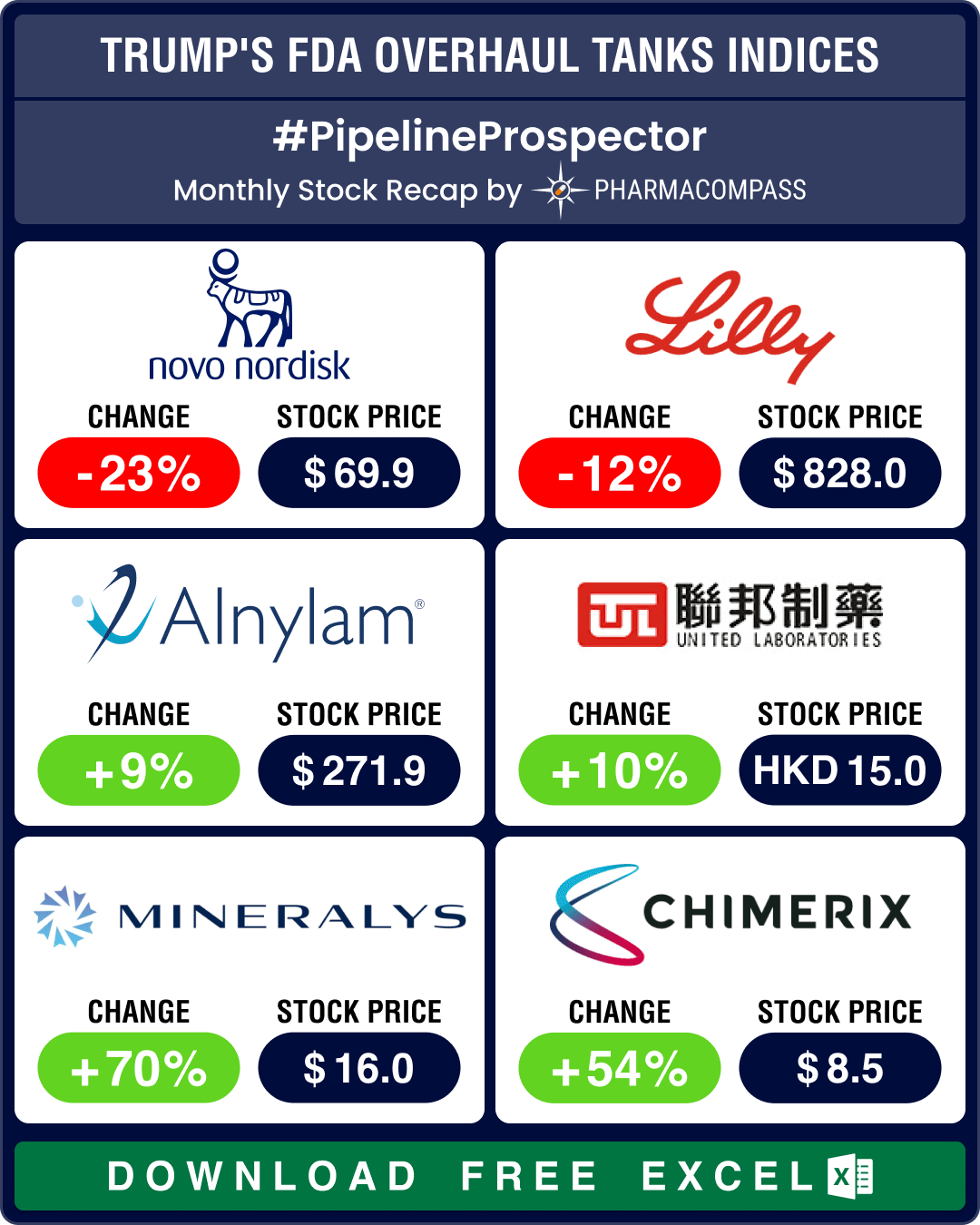
Awareness of the top management
is key to ensuring integrity, says Roberto Baima, Quality Director at Cambrex Profarmaco
Milano, the Italian operations of U.S. based Cambrex. With over USD 400 million in
sales, Cambrex develops and sells generic and branded active pharmaceutical
ingredients (APIs) and advanced intermediates to the global pharmaceutical
industry. It has established relationships with major brand and generic drug
manufacturers throughout the US and Europe. In this column, Baima tells us the key
steps to assuring data integrity.
Did you know that integrity, transparency and compliance with cGMPs (current Good Manufacturing Practices) are linked to both public health and the profits of a pharmaceutical company?
Let me explain this by defining factors like integrity, transparency and compliance. Integrity is a moral attribute. Transparency is a way of operating. And compliance is a critical factor needed for the success of API producers.
I define healthcare as a goal that every society strives to achieve. And profit is a concrete reward that allows the owner of the company and its employees to flourish and assure the supply of quality drugs.
The recent increased attention of authorities and customers on “data integrity” is due to the need to measure the level of integrity of suppliers. If you don’t measure the level of integrity, both public health and profits could be compromised.
Step 1: Top management needs to be committed to quality
As a first step to assuring data integrity, the staff or the employees of the company must know that hiding or falsifying any data and/or action has an impact on quality. The top management must let the employees know that they do not approve of hiding or falsifying data.
Awareness of the top management should be a key goal. With the use of concrete case studies, the top management needs to demonstrate how rewarding it is to operate transparently, and in compliance with the regulations. It creates a good image of the company in front of both customers and the regulatory authorities and assures profit.
Step 2: Selecting and training the employees
The second step to assure integrity is the training of employees. A company comprises of all people who work in it. And all of them should have an appropriate level of integrity and an appropriate behavior.
The selection of people is key – it’s important to know if they have the moral attributes of honesty and integrity. People devoted to internal training should be properly trained in deploying the right techniques of communication. Moreover, they should strongly believe that cGMPs are an important tool for the company and that Integrity is a priceless attribute for every human being.
Step 3: Improvement of the quality system
If the quality assurance (QA) department of a company has less than 10 percent of the total number of people employed in production, and/or if the QA does not have appropriate tools and skills, the company would not be able to manage cGMPs.
Authorities and
customers expect a clear, complete and an organized team of people who are able
to interact with other departments in order to investigate deviations, manage
changes and complaints by customers, perform internal audits and monitor
quality metrics in a way that allows the company to define a strategy for
continuous improvement.
Step 4: The whole process must beam with comprehension and confidence
Often employees who make a mistake try to hide the mistake, because they are scared. And punishing people who make mistakes is not a good idea.
People make mistakes because they are not properly trained. Effective investigations are not possible if people refuse to cooperate. And without effective investigation, the quality system cannot improve.
You can write to Roberto Baima at rbaima@alice.it
The PharmaCompass Newsletter – Sign Up, Stay Ahead
Feedback, help us to improve. Click here
Image Credit : Chess by Eigenberg Fotografie is licensed under CC BY 2.0
“ The article is based on the information available in public and which the author believes to be true. The author is not disseminating any information, which the author believes or knows, is confidential or in conflict with the privacy of any person. The views expressed or information supplied through this article is mere opinion and observation of the author. The author does not intend to defame, insult or, cause loss or damage to anyone, in any manner, through this article.”






